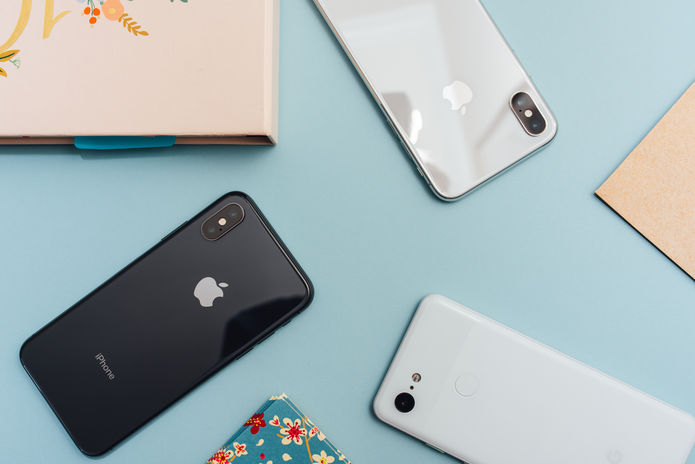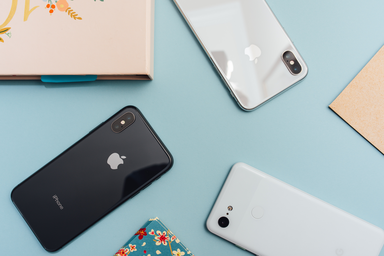It is easy to see how the #bodypositivity movement has picked up major steam over the past couple of years. Every time I go on social media I see at least a couple posts with the hashtag. Most of these, in my experience, are usually quotes about self-love, loving our bodies as they are, and reminding everyone that they are beautiful. Obviously, these messages are not meant to cause harm, but they might not be entirely truthful to what body positivity initially set out to be. In the over-saturation of motivational social media posts, I asked myself, what even is body positivity? Is there a goal other than being, well, positive?
Although body positivity is for all bodies, it specifically got its start around the 1960s as the fat acceptance movement. In 1967, there was a “Fat-in” in New York City, where people showed up to fight for acceptance for fat people. In the same year, a famous essay by Lew Louderback was posted in the Saturday Evening Post named “More People Should be FAT”. This essay was noted as the first time many people understood the discrimination people face in healthcare, workplaces, retail stores, and by other people solely based on their weight. This protest, essay, and the start of the NAAFA (National Association to Advance Fat Acceptance) kicked off the gradual increase of attention the issue of size discrimination receives in mainstream media.
On the NAAFA’s website, their goal is to “help build a society in which people of every size are accepted with dignity and equality in all aspects of life.” This seems on par with what the body positivity movement aims for as well, except somewhere along the way, the social media presence became dominated by people who experience body image issues, but aren’t necessarily discriminated against in their everyday lives for them. As someone who has had body image issues but has never been labeled as fat, I see the appeal of body positivity. After all, growing up in a culture where people in the media don’t seem to exist past a size two will give anyone body image issues. But to give credit where credit is due, body positivity is rooted within fat-acceptance, and we should be extra careful not to de-center people who experience fatphobia and size discrimination within the present body-positive movement. This is particularly important when considering that many people’s (especially young women’s) body image issues are, at the root of it, driven by fat-phobia. Perhaps the desire to be thin is driven by the desire to not be fat and to not experience all the fatphobia and size discrimination that accompanies a larger body size. If body positivity is truly about advocating for all sizes, then we should not leave behind people who started body positivity as a movement in the first place. We should center people who are placed at a disadvantage because of their size.
For the most part, this cannot be achieved by the modern iteration of body positivity, as it has been so entwined with capitalism and consumerist attitudes. Personally, the events that I associate most with body positivity are focused around fashion and beauty, specifically campaigns run by Aerie and Dove that focus on women realizing their beauty. In all honesty, it’s kind of laughable that companies that depend on women’s buying power are using body positivity as a way to garner more sales. Even though they release feel-good videos that spread a positive message, is it really body positive for companies to notice that women lack positive body image and use it in an ad campaign? The fashion and beauty industries definitely have a lot to catch up on in terms of being more diverse, but the problem comes when these messages are being used for good publicity and capital gain. Yet you don’t hear much about the actual discriminatory practices I mentioned above. It may be partly because of the strong influence consumerism has on the modern body positivity movement that we only hear about the importance of loving ourselves and feeling good in our skin–and we hear it a lot from women who are thin and pretty, and women who would be considered “marketable” whether or not a company is “body positive”.
It’s difficult for me to write about this, firstly because talking about any popular movement involves some over-generalizing, and also because there is so much to cover and only so much time. I haven’t mentioned how racism and sexism also influence body positivity but there are some great articles out there by people more knowledgeable than I. One person I would recommend to check out if you want to hear straight from someone who is fat acceptance advocate (among many other things) is Stephanie Yeboah. If you’ve found yourself feeling supported and seen by the body positivity movement, I’m happy for you. But it’s time we pay closer attention to exactly what we are labeling as body-positive, and make sure that our body positivity is truly representing ALL bodies.



